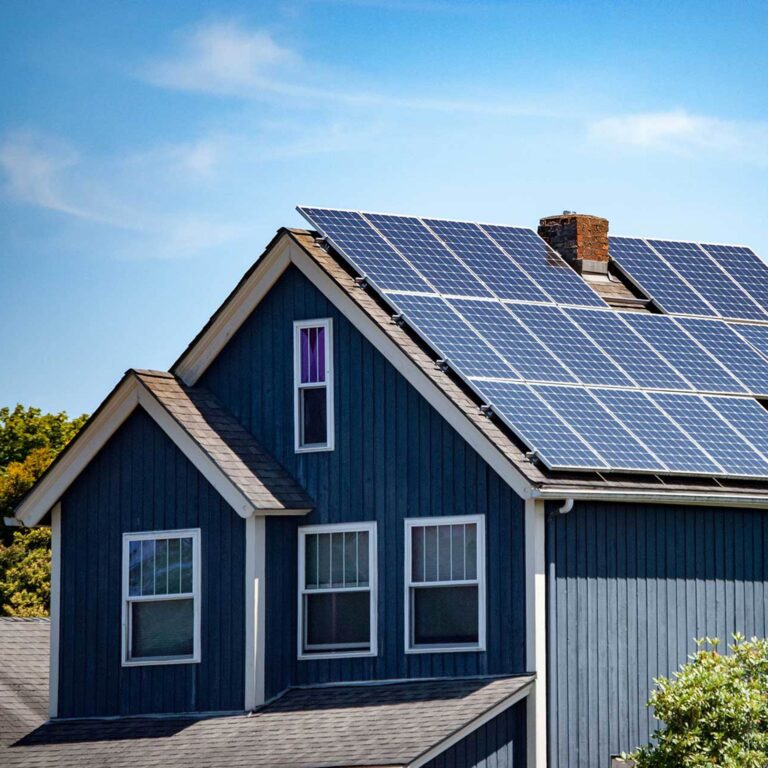Puerto Rico relies heavily on a consistent and affordable electricity supply to sustain its major industries. However, the current cost of energy consumption on the island surpasses that of any U.S. state, excluding Hawaii and Alaska. The predominant reliance on imported fossil fuels further escalates electricity expenses. The integration of renewable energy infrastructure stands as a viable solution, potentially reducing long-term costs and supporting existing industries, fostering small business growth, and enhancing economic diversification.
The aftermath of Hurricane Maria in 2017 exposed the vulnerability of Puerto Rico’s outdated power infrastructure, leaving over 3 million residents without electricity for an extended period. In response to the persisting energy crisis, a growing number of Puerto Ricans embraced solar energy solutions, with rooftop solar panels and solar batteries proving instrumental in maintaining continuous power during subsequent hurricanes Fiona and Ian in 2022.
As of 2022, solar power constitutes 5.5% of Puerto Rico’s total residential energy demand, featuring an installed residential solar capacity of around 225 megawatts. Recognizing the pivotal shift towards renewable energy, the Biden administration has recently committed to investing up to $440 million in rooftop solar projects for Puerto Rico. This significant funding is expected to stimulate the widespread adoption of residential solar panels and batteries across the island.
Beyond financial savings, the adoption of residential solar panels in Puerto Rico carries environmental benefits and fosters greater energy independence. For those contemplating the transition to solar energy, this article provides essential insights into estimated costs, advantages, and available incentives in Puerto Rico.


